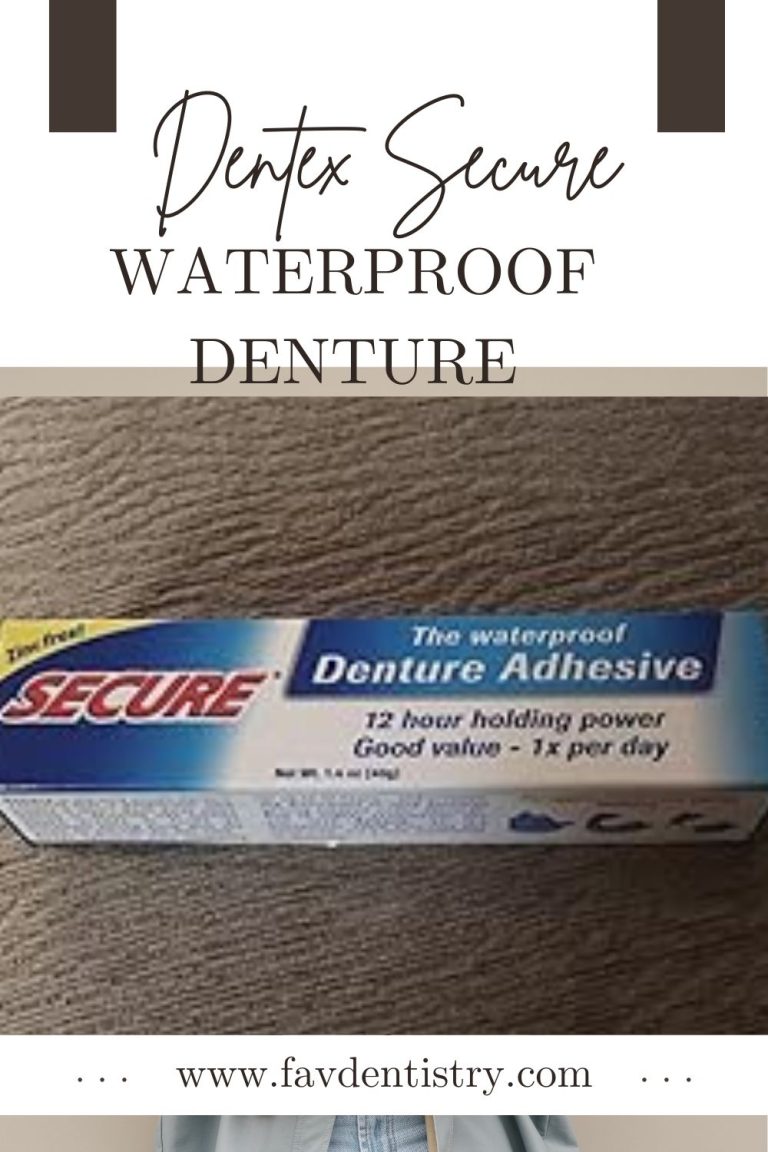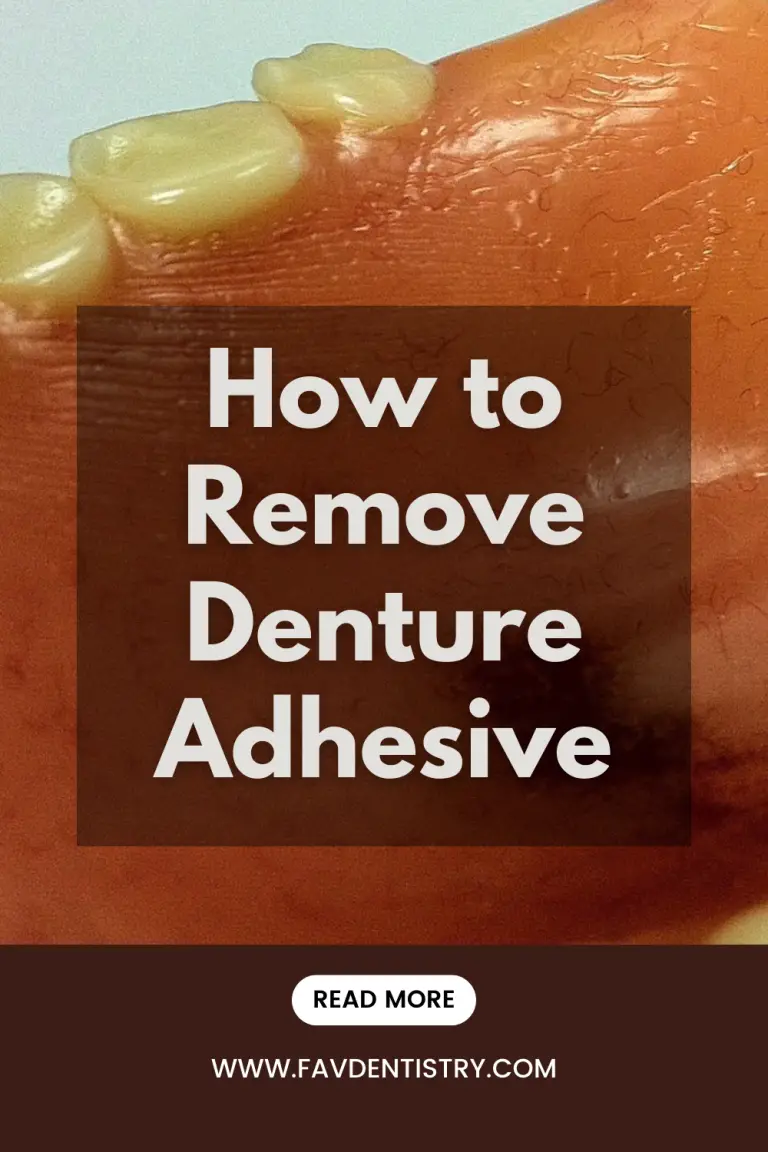How Do Dentists Remove Glue? Expert Techniques Unveiled!
Last Updated on 6 months by DR. ALBIN SIPES
Dentists remove glue by using a dental instrument or adhesive remover to gently scrape or dissolve the glue from the teeth. Removing glue from teeth requires the skill and expertise of a dentist to ensure minimal damage to the tooth structure and surrounding tissues.
Additionally, dentists may use a polishing tool to smooth out any rough edges or residue left behind by the glue. The process is typically quick and painless, allowing patients to leave the dental office with clean and glue-free teeth. Regular dental check-ups and professional cleanings can help prevent the need for glue removal in the first place.
Understanding Dental Glue Removal
Dental glue is commonly used by dentists to secure various dental restorations, such as dental crowns or bridges, in place. However, there may come a time when these restorations need to be removed, either due to damage, decay, or the need for a replacement.
In these cases, dentists rely on specific techniques to safely and effectively remove the dental glue without causing any harm to the underlying teeth or gums. In this section, we will explore the importance of dental glue removal, situations where it is necessary, and the potential risks and complications associated with the process.
The Importance Of Dental Glue Removal
- Dental glue removal is essential to ensure the proper functioning and longevity of dental restorations.
- It allows dentists to accurately assess the condition of the underlying tooth structure and detect any signs of decay or damage.
- Removing old dental glue is necessary for the successful placement of new restorations, ensuring a secure and durable bond.
- Failing to remove dental glue can lead to oral health issues, such as gum inflammation, tooth sensitivity, and infection.
Common Situations Requiring Glue Removal
- When a dental restoration, such as a crown or bridge, becomes loose or dislodged.
- Prior to replacing a damaged or worn-out restoration with a new one.
- When a restoration needs to be adjusted to achieve a proper fit or bite alignment.
- When there is a need to assess the underlying tooth structure for potential issues.
Potential Risks And Complications
- Improper removal techniques can result in damage to the underlying tooth enamel or gum tissue.
- Excessive force or rough handling during glue removal can lead to discomfort or pain for the patient.
- In rare cases, allergic reactions may occur due to the composition of the dental glue.
- Inadequate removal of dental glue can compromise the success and longevity of the new restoration.
Understanding the process of dental glue removal is crucial for patients who are undergoing dental restorative procedures or require restoration replacements. By following proper protocols and utilizing appropriate techniques, dentists can safely remove dental glue, ensuring the best possible outcome for their patients.
Safe And Effective Techniques For Dental Glue Removal
Dental glue, also known as dental adhesive, is commonly used to attach artificial teeth or dental restorations to natural teeth. While it effectively holds these dental elements in place, there may come a time when the glue needs to be removed.
Whether it’s for replacing a restoration or adjusting a denture, dentists have safe and effective techniques for removing dental glue. In this blog post, we will explore two commonly used methods for dental glue removal: professional-grade adhesive dissolvers and mechanical methods.
Both approaches require the use of dental instruments to ensure precise and meticulous removal. So, let’s dive in and discover how dentists accomplish this task with utmost care.
Professional Grade Adhesive Dissolvers
When it comes to removing dental glue, dentists often rely on professional-grade adhesive dissolvers that are specifically designed for this purpose. These dissolvers have been formulated to break down the adhesive properties of dental glue, making it easier to remove from the teeth or restorations.
Here are the key points about professional grade adhesive dissolvers:
- Adhesive dissolvers contain safe and effective ingredients that weaken the bond between the dental glue and the tooth surface.
- Dentists apply the dissolver to the affected area and allow it to penetrate the adhesive, typically following the product’s instructions for optimal results.
- The dissolver softens the dental glue, facilitating its removal without causing harm to the natural teeth or dental restorations.
- Dentists then use dental instruments, such as scalers or curettes, to gently lift and scrape off the softened dental glue from the tooth surface or restoration.
- It’s essential for dentists to exercise caution and precision during this process to avoid damaging the surrounding teeth or restorations.
Mechanical Methods
In addition to professional grade adhesive dissolvers, dentists also employ mechanical methods to remove dental glue. These techniques involve using dental instruments to manually detach the adhesive from the teeth or restorations. Here are the key points about mechanical methods used in dental glue removal:
- Dentists use dental instruments, such as handheld scrapers or sanding discs, to manually scrape off the dental glue from the tooth surface or restoration.
- The instruments are used with gentle pressure and controlled movements to ensure the adhesive is effectively removed without causing harm.
- Dental professionals have extensive training and expertise in utilizing these instruments to maintain precision and prevent any damage to the surrounding teeth or restorations.
- Regular inspections and adjustments are made during the removal process to ensure thorough removal of the dental glue and a secure fit of the restoration or denture.
Safely and effectively removing dental glue requires the expertise of dental professionals who employ techniques such as professional grade adhesive dissolvers and mechanical methods. By utilizing these methods, dentists can remove dental glue while prioritizing the safety and integrity of teeth and restorations.
Tips And Precautions For Dental Glue Removal
Dental glue is a commonly used adhesive in dental procedures, such as attaching crowns or bridges, fixing dentures, or securing braces. However, there may come a time when the glue needs to be removed. Whether it’s due to a repair, replacement, or simply a need for adjustment, dentists have techniques to effectively remove dental glue without causing harm to the teeth or discomfort to the patient.
In this section, we will explore some helpful tips and precautions for dental glue removal.
Ensuring Patient Comfort And Safety
- Dentists prioritize patient comfort during the glue removal process. They take steps to minimize any discomfort or pain that the patient may experience.
- Proper anesthesia is administered if needed, ensuring the patient’s comfort throughout the procedure.
- Clear communication between the dentist and patient is crucial. The dentist will explain each step of the glue removal process to ensure that patients feel informed and at ease.
Preparing The Dental Surface
- Before removing the dental glue, dentists prepare the dental surface to ensure safe and efficient removal.
- They assess the condition of the glue and the surrounding teeth, evaluating the best approach for removal.
- The dental surface is thoroughly cleaned and sanitized to avoid any risk of infection.
- Dentists may use special tools and techniques tailored to the type of dental glue and the patient’s specific case for optimal removal.
Post-Glue Removal Care
- After safely removing the dental glue, dentists provide post-removal care to maintain the patient’s oral health.
- They examine the teeth and surrounding oral tissues to ensure that no glue residue remains.
- Depending on the condition of the teeth, additional steps such as polishing or applying a protective coating may be necessary.
- Dentists may further advise patients on appropriate oral hygiene practices and offer recommendations to prevent future dental glue-related issues.
The removal of dental glue is a delicate process that requires expert knowledge and precision. Dentists strive to create a comfortable and safe experience for their patients while ensuring optimal oral health. By adhering to these tips and precautions, dentists can successfully remove dental glue without causing unnecessary discomfort or complications.
Frequently Asked Questions Of How Do Dentists Remove Glue?
How Do Dentists Remove Glue From Teeth During Orthodontic Treatment?
Dentists use professional orthodontic adhesive removal solutions and special tools to gently remove glue from teeth. The adhesive is carefully scraped off, taking care not to damage the enamel. The process is painless and leaves no residual glue.
Can Dentists Remove Glue Left From Dental Crowns Or Fillings?
Yes, dentists can remove residual glue left behind from dental crowns or fillings. They use specialized tools to gently scrape off the excess glue without causing any harm to the tooth. This ensures a smooth and natural finish for the restoration.
Do Dentists Remove Glue From Teeth After Removing Braces?
Yes, dentists remove the orthodontic glue from teeth after removing braces. They use professional adhesive removal solutions and specialized tools to scrape off the glue without causing any damage. This process is crucial to ensure a clean and beautiful smile post-orthodontic treatment.
What Should I Do If I Accidentally Get Glue On My Teeth?
If you accidentally get glue on your teeth, it’s best to seek professional help from a dentist. Trying to remove the glue yourself may cause damage to your teeth. Dentists have the necessary tools and expertise to safely remove the glue without any harm to your oral health.
Is It Possible To Remove Glue From Teeth At Home?
It is not recommended to remove glue from teeth at home. Diy methods can potentially damage the teeth or gums. It’s best to visit a dentist who has the proper tools and knowledge to remove the glue safely, ensuring the long-term health of your teeth.
How Long Does It Take For Dentists To Remove Glue From Teeth?
The time it takes for dentists to remove glue from teeth varies depending on the amount of glue and its location. On average, the process can take around 15-30 minutes. Dentists work meticulously to ensure that all the glue is removed properly, leaving your teeth clean and healthy.
Conclusion
Dentists play a crucial role in safely removing glue from the teeth, ensuring the patient’s oral health is not compromised. By using specialized tools and techniques, dentists are able to delicately eliminate stubborn adhesive residue without causing any damage to the enamel or surrounding tissues.
Whether it’s the result of orthodontic treatment, dental restorations, or accidental ingestion, dentists are equipped to handle a range of glue removal situations. The process involves a careful assessment of the glued area, followed by the use of specific solvents or instruments to gently dissolve or scrape away the adhesive.
Patients can feel confident that their dentist’s expertise will guarantee a successful glue removal, alleviating any concerns or discomfort. By seeking professional assistance, individuals can ensure their smiles are not only adhesive-free but also healthy and radiant. Trust in your dentist’s skill and experience to restore your teeth to their natural beauty, leaving you with a refreshed and confident smile.


